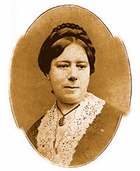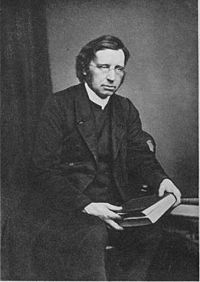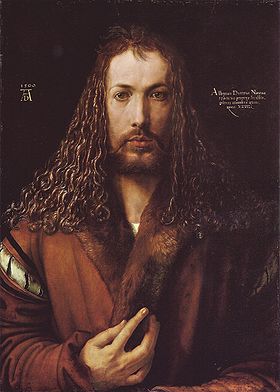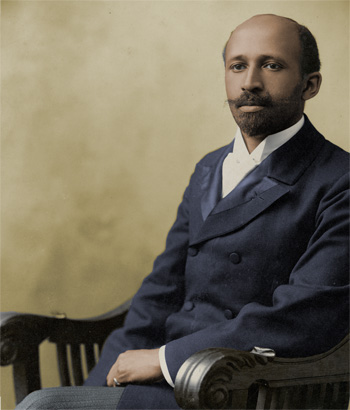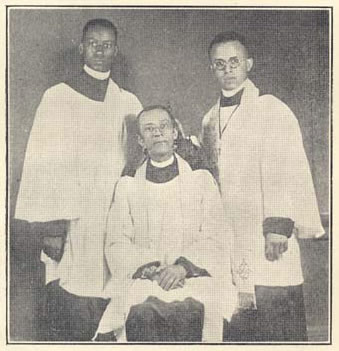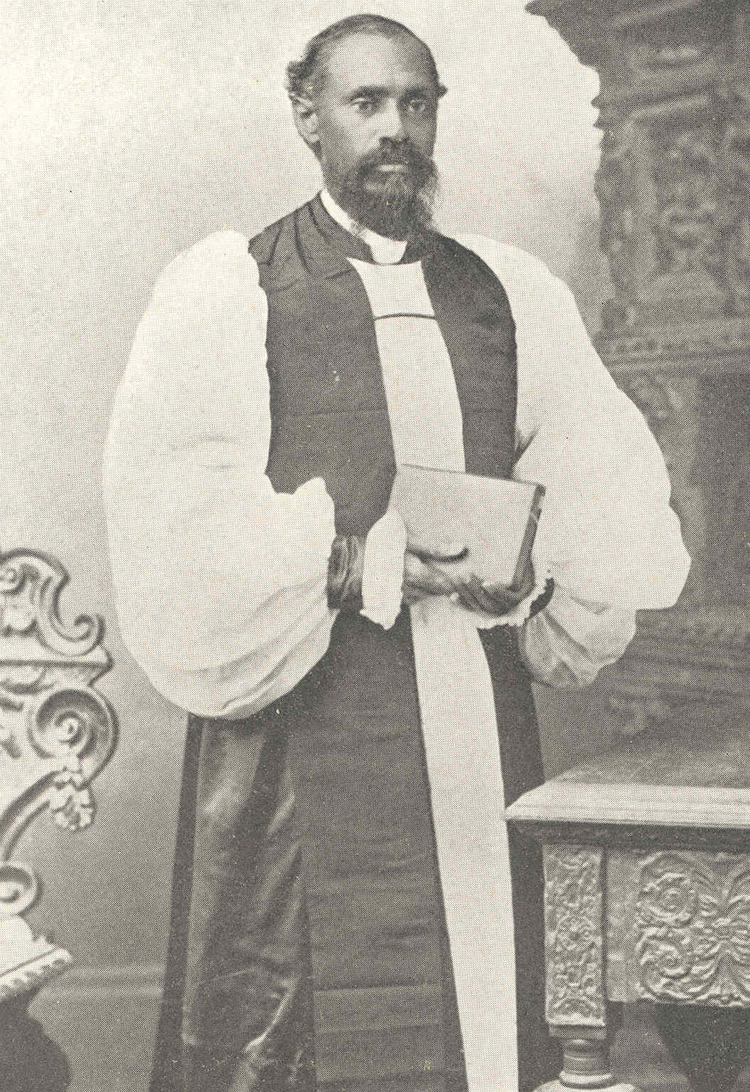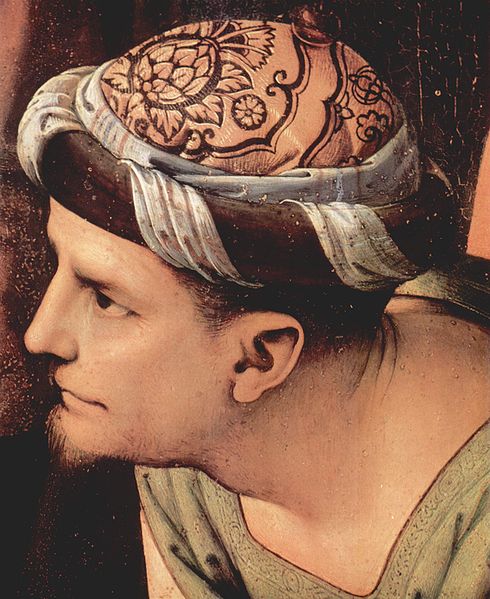Welcome to the Holy Women, Holy Men blog! We invite you to read about this commemoration, use the collect and lessons in prayer, whether individually or in corporate worship, then tell us what you think. For more information about this project, click here.
•
About this commemoration
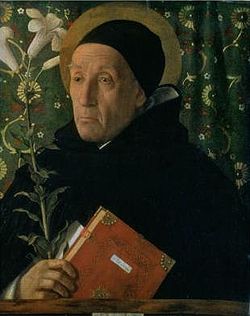
Dominic was the founder of the Order of Preachers, commonly known as Dominicans. In England they were called Blackfriars, because of the black mantle they wore over their white habits. Dominic was born about 1170 or shortly thereafter, in Spain.
Influenced by the contemporary search for a life of apostolic poverty, Dominic is said to have sold all his possessions to help the poor during a famine in 1191. Ordained in 1196, he soon became a canon and then sub-prior of the Cathedral of Osma, where a rule of strict discipline was established among the canons.
In 1203 he began a number of preaching tours in Languedoc, a region in Southern France, against the Albigensian heretics, who held Manichaean, dualistic views. He kept himself aloof, however, from the repressive crusade which was instigated against them. In 1214, his plan to found a special preaching order for the conversion of the Albigensians began to take shape, and in the following year he took his followers to Toulouse.
At the Fourth Lateran Council in October, 1215, Dominic sought confirmation of his order from Pope Innocent III. This was granted by Innocent’s successor, Honorius III, in 1216 and 1217.
Over the next few years, Dominic traveled extensively, establishing friaries, organizing the order, and preaching, until his death on August 6, 1221. He is said to have been a man of austere poverty and heroic sanctity, always zealous to win souls by the preaching of pure doctrine.
The Dominican Constitutions, first formulated in 1216, and revised and codified by the Master-General of the Order, Raymond of Peñafort, in 1241, place a strong emphasis on learning, preaching, and teaching, and, partly through the influence of Francis of Assisi, on absolute poverty.
The Dominicans explicitly gave priority to intellectual work. They established major houses in most university centers, to which they contributed such notable teachers as Thomas Aquinas. Their Constitutions express the priority this way: “In the cells, moreover, they can write, read, pray, sleep, and even stay awake at night, if they desire, on account of study.”
Collect of the Day
Almighty God, whose servant Dominic grew in knowledge of your truth and formed an order of preachers to proclaim the good news of Christ: Give to all your people a hunger for your Word and an urgent longing to share the Gospel, that the whole world may come to know you as you are revealed in your Son Jesus Christ; who lives and reigns with you and the Holy Spirit, one God, for ever and ever. Amen.
Lessons
2 Samuel 22:22–29
Romans 10:13–17
John 7:16–18
Psalm 112:4–9
Preface of a Saint (2)
We invite your reflections about this commemoration and its suitability for the official calendar and worship of The Episcopal Church. How did this person’s life witness to the Gospel? How does this person inspire us in Christian life today?
To post a comment, your first and last name and email address are required. Your name will be published; your email address will not. The first time you post, a moderator will need to approve your submission; after that, your comments will appear instantly.
From Holy, Women, Holy Men: Celebrating the Saints © 2010 by The Church Pension Fund. Used by permission.
